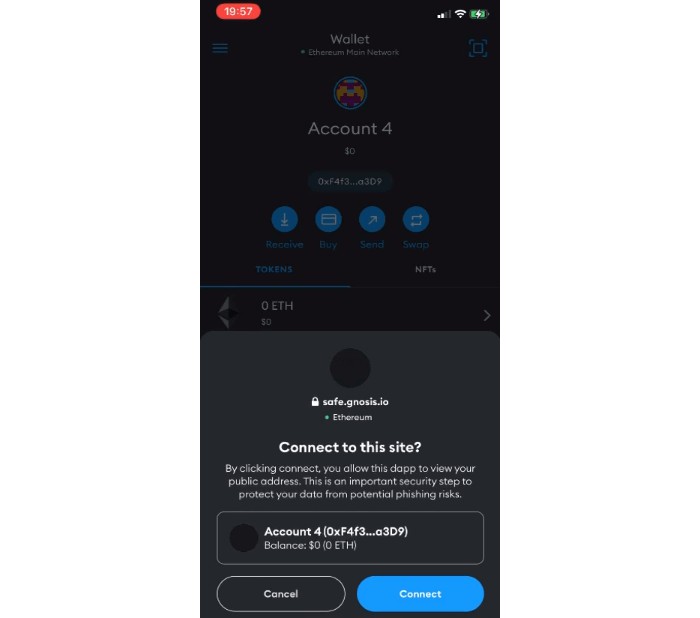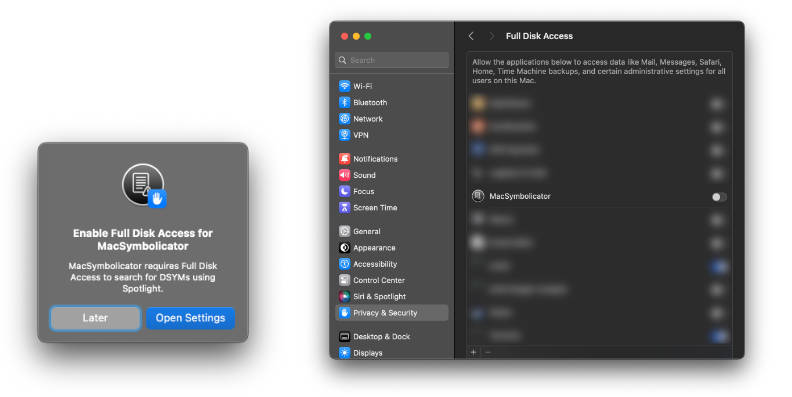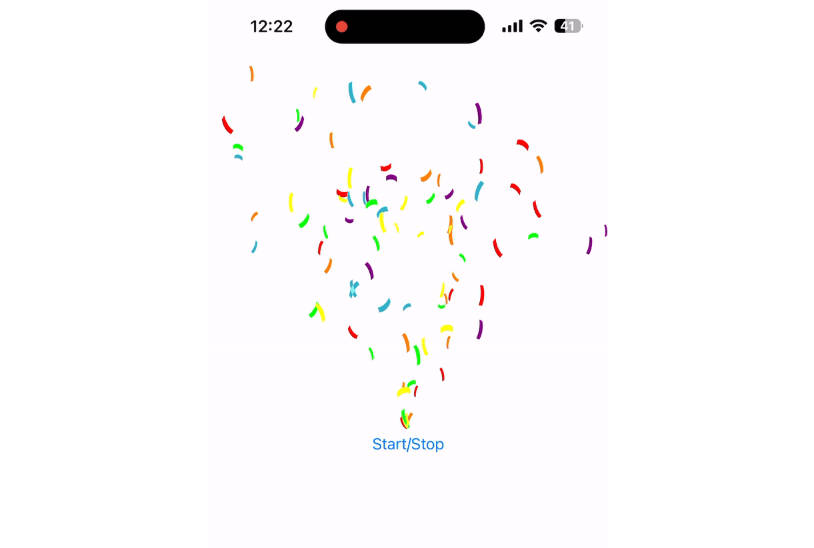Container
Container is a lightweight dependency injection framework for Swift.
Installation
Container is available through Swift Package Manager.
Swift Package Manager
https://github.com/bartleby/SheetDetentsModifier.git
Basic Usage
First, register a service to a Container, there are two ways to register your dependencies, directly to the Container and through the expansion of DependencyContainer
let container = DependencyContainer.shared
container.apply(Service())
In a real project, it is recommended to use the second approach. You can create a separate file with this extension
struct DependenciesConfigurator {
static func configure() {
let container = DependencyContainer.shared
// Setup Modules
container.apply(AuthorizationAssembly.self)
container.apply(RegistrationAssembly.self)
container.apply(OnboardingAssembly.self)
container.apply(MainAssembly.self)
container.apply(SettingsAssembly.self)
// Setup Services
container.apply(AppConfigService() as AppConfigServiceProtocol)
container.apply(EnvironmentService() as EnvironmentServiceProtocol)
// Appearance
container.apply(Color.red, label: .redColor)
// Date Formatter
container.apply(DateFormatterPool() as DateFormatterPoolProtocol)
}
}
class AppDelegate: UIResponder, UIApplicationDelegate {
var window: UIWindow?
func application(
_ application: UIApplication,
didFinishLaunchingWithOptions launchOptions: [UIApplicationLaunchOptionsKey : Any]? = nil) -> Bool {
// Setup Dependency
DependenciesConfigurator.configure()
//...
return true
}
}
Then get an instance of a service from the container.
let service = container.resolve(Service.self, scope: .unowned)
service.run()
In a real project, it is recommended to use PropertyWrapers
class ViewModel {
@Container(scope: .strong) var config: AppConfigServiceProtocol
//...
func setup() {
let token = config.obtain(for: .token)
//...
}
}
Scope
You can specify the scope for your dependencies, .weak .strong and .unowned
.weak scope is used by default
@Container var service: ServiceProtocol // .weak scope is used
How it’s work
- weak
Keeps the object in memory while at least one object refers to it
- strong
An analogue of Singletone, after creating the object, it always remains in memory even if no one refers to it
- unowned
The object is not stored in memory and each time create a new object
Labels
For the same types, you can specify Label For exemple:
container.apply(Color.red, label: .redColor)
container.apply(Color.green, label: .greenColor)
container.apply(Color.orange, label: .orangeColor)
In order to create your own Label, you need to extension the structure of Containerlabel
extension ContainerLabel {
static let redColor = ContainerLabel(value: "redColor")
static let greenColor = ContainerLabel(value: "greenColor")
static let orangeColor = ContainerLabel(value: "orangeColor")
}
Assembly
Container also support Assembly for assembly your Modules
First, register a Assembly to a Container
extension DependencyContainer {
func configureAssembly(container: AssemblyApplier) {
container.apply(MainAssembly.self)
//...
}
func configureDependency(container: DependencyApplier) {
container.apply(AppConfigService() as AppConfigServiceProtocol)
//...
}
}
Then implement the MainAssembly class
typealias MainModule = Module<MainModuleInput, MainModuleOutput>
class MainAssembly: Assembly {
@Container(scope: .strong) var config: AppConfigServiceProtocol
func build(coordinator: MainCoordinator) -> MainModule {
// View
let view = MainViewController()
// Router
let router = MainRouter(coordinator: coordinator)
// ViewModel
let viewModel = MainViewModel(router: router, config: config)
// Configure
viewModel.view = view
view.output = viewModel
return Module(view: view, input: viewModel, output: viewModel)
}
}
How to usage
class MainCoordinator: BaseCoordinator {
// MARK: - Dependencies
@AssemblyContainer var mainAssembly: MainAssembly
override func start() {
let module = mainAssembly.build(coordinator: self)
router.setRootModule(module)
}
}
Example Apps
Coming soon
License
MIT license. See the LICENSE file for details.




